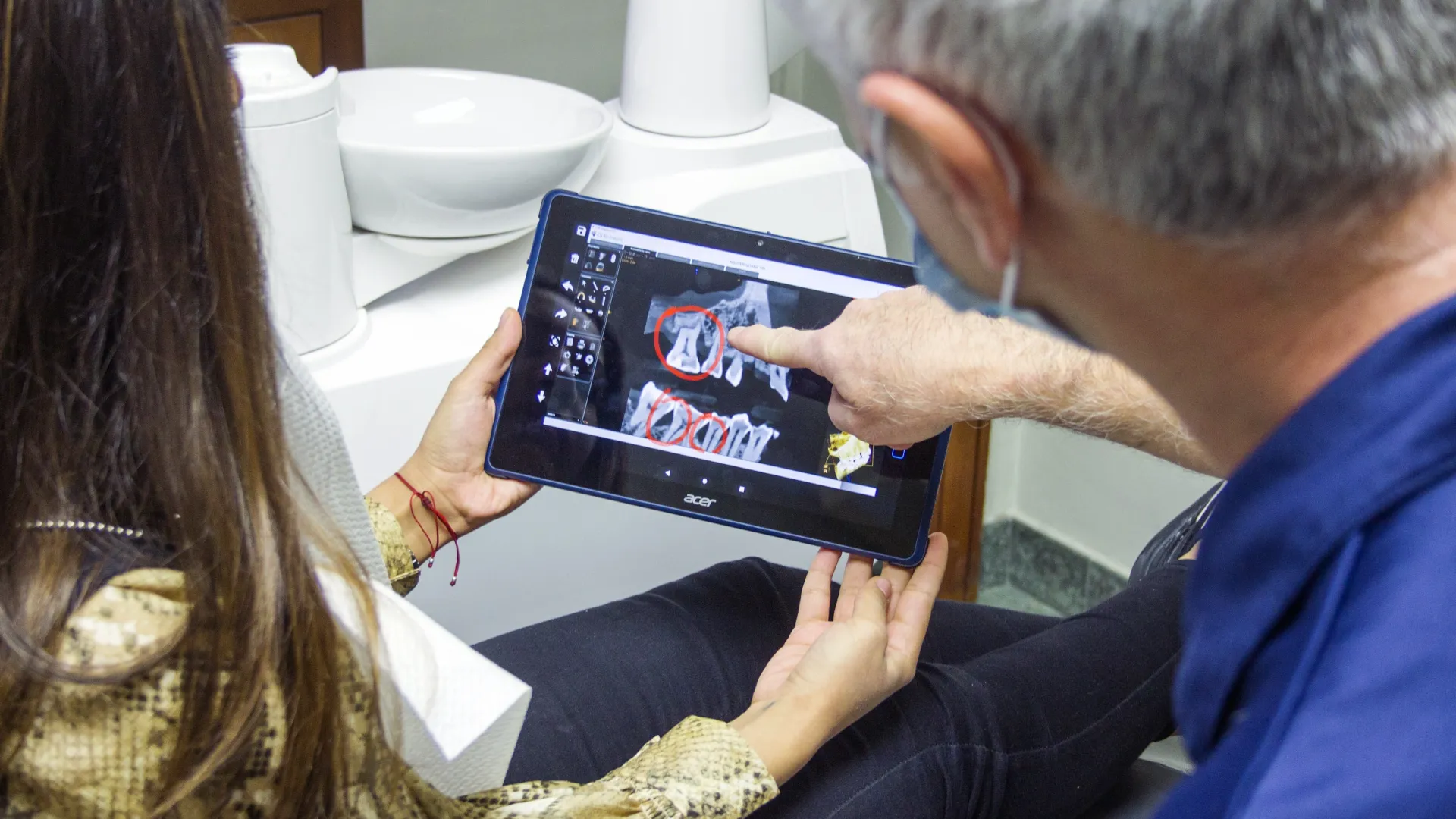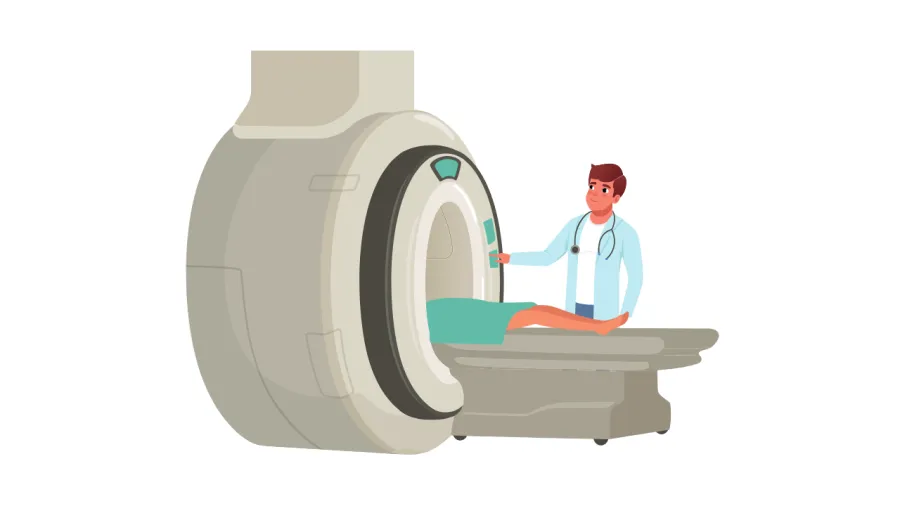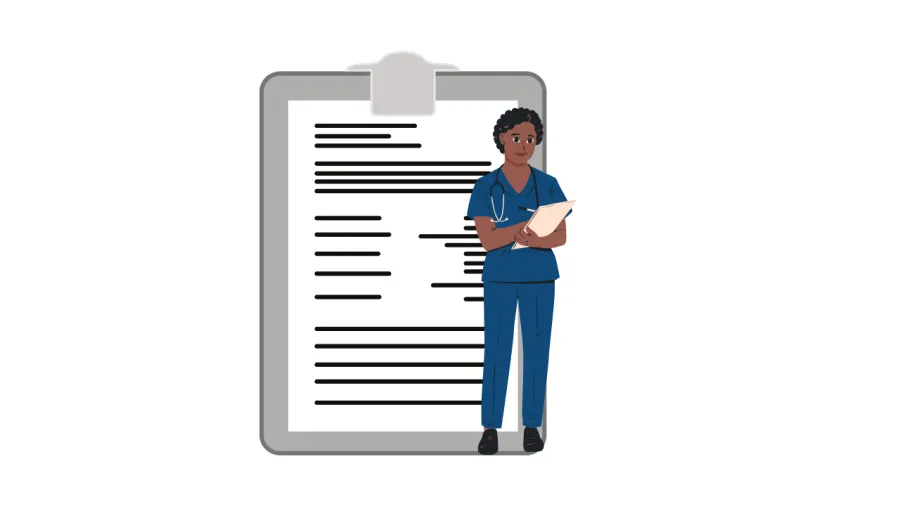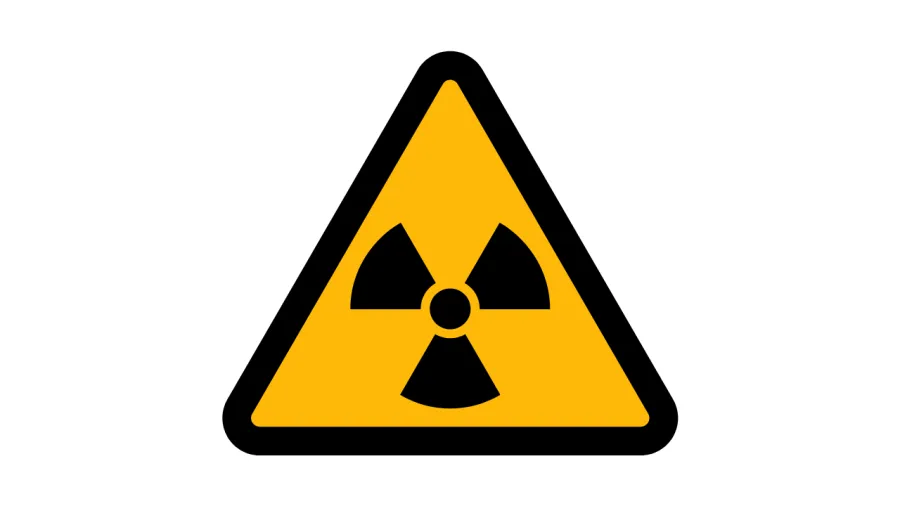
Imaging & Radiology Series
The MRI, Radiology, & Imaging Training Courses

Advanced MRI Training
Course Details:
Duration: 45 Minutes
Target Audience: MRI/Radiology/Imaging Employees
Course Overview: As a follow-up course to the Basic MRI Safety (Level 1) training, this course provides Level 2 training for MRI Safety. The MRI scanner is a very large and powerful magnet and requires proper training and understanding from all employees that may operate it or work near MRI machines.

Appropriate Use Criteria & Imaging Clinical Decision Support
Course Details:
Duration: 30 Minutes
Target Audience: MRI/Radiology/Imaging Employees; Medicare Part B Beneficiaries
Course Overview: The purpose of the appropriate use criteria program is to enable providers to order the most appropriate test for the patient. The Centers for Medicare & Medicaid Services will use data collected from the program to identify outlier ordering professionals who will become subject to prior authorization. In 2020 Medicare Part B providers must consult Appropriate Use Criteria (AUC) for ordering advanced diagnostic imaging services through a qualified Clinical Decision Support Mechanism (CDSM). This training provides the information providers will need to adhere to this change.

Basic MRI Safety
Course Details:
Duration: 30 Minutes
Target Audience: MRI/Radiology/Imaging Employees
Course Overview: This training is to refresh staff on the basic use and dangers involved with Magnetic Resonance Imaging (MRI). An MRI assists in diagnosing by utilizing pulses of radio wave energy and a large magnet, creating a magnetic field. This energy produces pictures of organs and structures inside the body. This Level 1 training covers the three types of electromagnetic fields, potential dangers, what a policy and procedure manual should include, safety issues, and code blue concerns.

Radiation Safety in the Workplace
Course Details:
Duration: 30 Minutes
Target Audience: MRI/Radiology/Imaging Employees
Course Overview: Many organizations utilize ionizing radiation to treat and diagnose patients. Whether it is Computerized Tomography (CT), radiography, or fluoroscopy, they all work on the same basic principle: an X-ray beam is passed through the body where a portion of the X-rays are either absorbed or scattered by the internal structures, and the remaining X-ray pattern is transmitted to a detector (e.g., film or a computer screen) for recording or further processing by a computer. This training will present information supplied by the Nuclear Regulatory Commission (10 CFR Part 20), and the OSHA Ionizing Radiation Standard (29 CFR 1910.1096) and is designed to give employees an understanding of radiation safety principles and decrease radiation exposure risks.
Looking for a different imaging & radiology topic? Request a custom-built training course.
